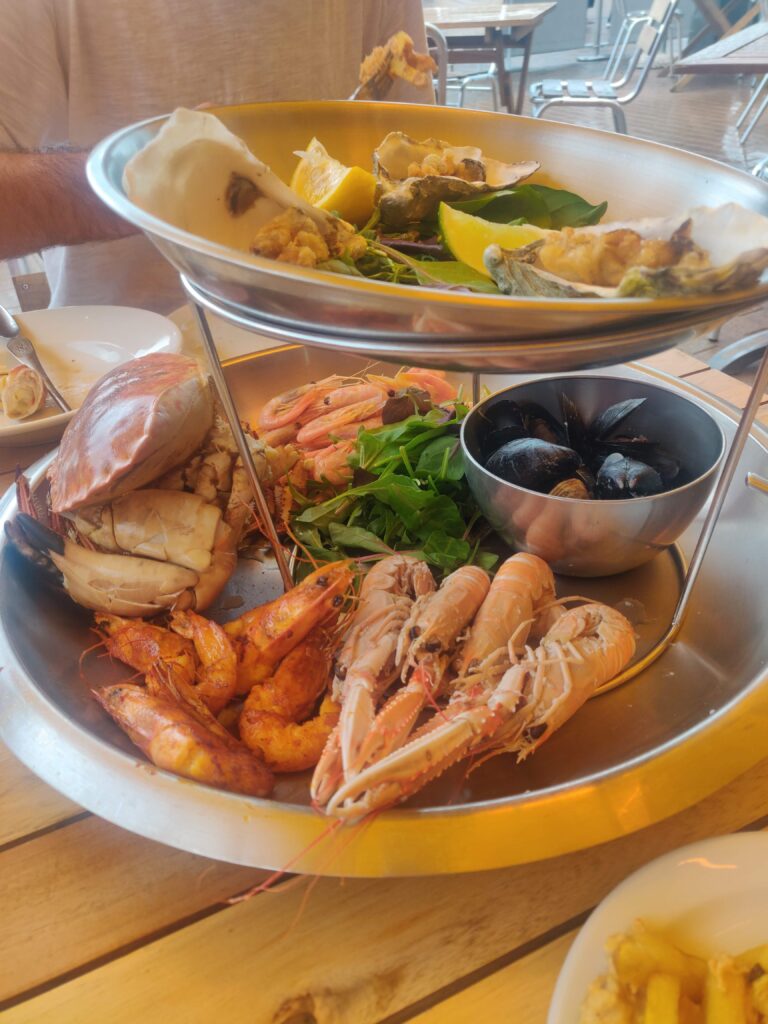It takes immense effort and discipline to manage a high-risk pregnancy. Especially one comprising low PAPP-A, gestational diabetes and a health issue like chronic asthma.
Managing this was only possible for me with support from loved ones and a community network of medical professionals and close family and friends.
RECOMMENDATIONS, TIPS & ADVICE: hOW TO MANAGE A HIGH-RISK PREGNANCY
If you haven’t already done so, reactivate your social media and digital mobile apps!
It’s true we shouldn’t spend too much time Googling for advice. However, there are some fantastic communities and networks online for expectant parents, including those with health issues and/or a high-risk pregnancy. Personally, I loved @channelmum and used whattoexpect.com, pampers.co.uk, babycentre.co.uk, and of course, NHS to learn about my week-by-week and month-by-month pregnancy progress.
Surround yourself with those you trust and can depend on
Whether it is family members, close friends, colleagues, HR, or support groups, you need these people close. To listen to you without judgement, to make you smile and laugh, and most importantly, to draw strength and support from. Share your pregnancy journey with these people. For me, it was my husband, immediate family, and close friends.
Speak to health professionals and your midwife nurse regularly
Discuss any concerns and get advice. You could also talk to your employer to make them aware of your condition and concerns. If you and your doctor feel it’s needed, ask if work adjustments can be made. Something like shorter working days/weeks, having more regular breaks throughout the day, or an adjusted workload can make a big difference to your physical, mental, and emotional well-being. Personally, I was already on adjusted work patterns after returning to work following extended dependency leave and Dad’s passing. Plus, we were still in lockdown, so working from home helped in the sense I avoided public transport and rush hour travels throughout my pregnancy.
If you’re asthmatic like me, keep this under review with regular appointments at your GP and always have an inhaler by your side
Spring, summer, and early autumn can trigger hay fever for a lot of people. If you’re asthmatic, like me, hay fever can be your worst enemy. On top of a high-risk pregnancy, hay fever induced asthma is the last thing you need for your physical, mental, and emotional health and well-being. Do not neglect this and make sure you see your GP regularly to ensure you always have the right medication. After suffering an asthma attack that kept me in hospital for a full week, I keep a reliever inhaler to hand and use my preventer inhaler daily.
A plant based diet can also work wonders for allergy sufferers and helps alleviate my asthma.
Be as self-disciplined as possible with your diet ensuring you get all the necessary and desired nutrients without compromising your medical stats/readings
This is especially true if you have gestational diabetes. Meal-plan and make it fun by researching and seeking interesting new products and recipes. Get organised with grocery shopping by keeping a shopping list and use online shopping if you don’t already. Make mealtimes something to look forward to throughout the day by making cooking a part of this (if you enjoy cooking and have energy to do it). Alternatively, get help from your partner, spouse, family, friends and/or neighbours. As part of meal-planning and keeping shopping lists, you can prepare large quantities of food and put some in the freezer for other days.
For gestational diabetes, make sure you always have a supply of lancets at home and that you record every reading truthfully
Share and review these with your diabetes nurse regularly. There’s a good reason we’re asked to do this, and the gestational diabetes nurses and consultants are so supportive. It’s their job to help you every step of the way, whether you’re finding the process easy or not. Try your best to stick to your plan and find favourites that you can go back to time and time again, guilt free. Mine was roast chicken with roasted vegetables, kale and lashings of chicken gravy.
Treat and pamper yourself regularly
Aim for 1 hour a day and do something you love, for yourself only. This could be going for a walk, joining a yoga or pilates class, reading a book, having a soak in the bath, chatting with friends or an online community you belong to, or cooking/indulging in a nice nutritious and delicious meal!
The two things I loved the most include going for long walks with my husband, when possible, to make the most of lockdown in nature and having days out (once lockdown lifted), visiting places, trying new seafood restaurants. My favourites were The Fat Crab (Surrey) and The Copper Clam (Brighton).


1. what’s the biggest benefit of a self-care plan?
Becoming pregnant after making lifestyle changes when they were needed (blog #3) was a gift.
It proved that creating time to self-care to improve personal health & well-being worked and was worth it!
Our good news from Spring 2020 was, however, shadowed by subsequent health diagnosis and life events.
Firstly, while providing end-of-life care for Dad, I tested positive for low PAPP-A, associated with an increased chance of pregnancy complications, including a smaller than expected (growth restricted) or earlier than expected (preterm) baby.
With low PAPP-A levels in my first trimester, my pregnancy was deemed high-risk.
Shortly after this, Dad passed away. So, my physical, mental, and emotional stresses went into overdrive.
Then, while still grieving after Dad’s small but intimate funeral (during lockdown), I was diagnosed with gestational diabetes.
My self-care plan helped me get through all of this, keeping me fit and well, from diagnosis right up until the birth of my healthy little boy.
2. how to MANAGe high risk pregnancy & personal well-being?
As many of you can appreciate, a high-risk pregnancy comprising low PAPP-A and gestational diabetes coupled with health issues like chronic asthma takes immense effort and courage to manage.
For me, it would have been unbearable and un-doable without the support of my husband, loved ones and a network of community made up of medical professionals and close family and friends.
A gestational diabetes diet
From the day I learned about my gestational diabetes until the day I gave birth, I took good care self-monitoring my gestational diabetes at home, everyday, and meal-planned.
I adopted a strict diet, where I ate none of my favourite foods! Oh, how I craved carbs and the odd sweat treat, despite being a more savoury person, generally!
I did, however, find a mealtime favourite that didn’t affect my blood sugar level readings even after a sizeable portion. Roast chicken with roasted vegetables, garlic and kale, with lashings of chicken gravy. I’d ask my husband to cook this often, sometimes twice a week! The sad thing was I could only have 3-4 boiled New Potatoes, so no roasties for me for about 5-months.
NHS support and dedicated medical teams
I also had more appointments than the average person. I met regularly with the the midwives, gestational diabetes team, and sonographers.
However, for my physical, mental, and emotional well-being, it was necessary for me to attend all appointments and I welcomed it.
I met frequently with the gestational diabetes nurse to review progress and make sure I was doing okay on the programme. For my readings, which I had to do 6-times a day, before and after breakfast, lunch, and dinner, I kept a note in an Excel spreadsheet on my phone.
I was given a physical notebook for my recordings, but having a virtual copy online made sharing my stats with the nurse every week so much easier.
3. how to keep your body, mind and soul happy during high-risk pregnancy?
Emotionally, mentally, and physically, I stayed happy by walking as much as I could, keeping my support network and social circle close, going on road-trips to visit new places, and enjoying seafood restaurants.
My husband and I loved taking long walks to explore nearby places we never knew existed. I appreciated the vitamin D too and did this right up until a couple of weeks before my due date.
Walking also kept my blood sugar levels in check, helped with the birthing experience, and aided recovery.
I met with close friends and family forming ‘bubbles’ (we were still in lockdown) to enjoy garden get-togethers, BBQs, strolls by the river and outdoor pub lunches.
Hubbie and I would also go on mini road-trips to try out new restaurants. My absolute favourites during this time include The Fat Crab and The Copper Clam.
I believe all of this kept my physical, mental, and emotional well-being in check.
At the end of 2020, we welcomed our healthy strong boy into the world.




